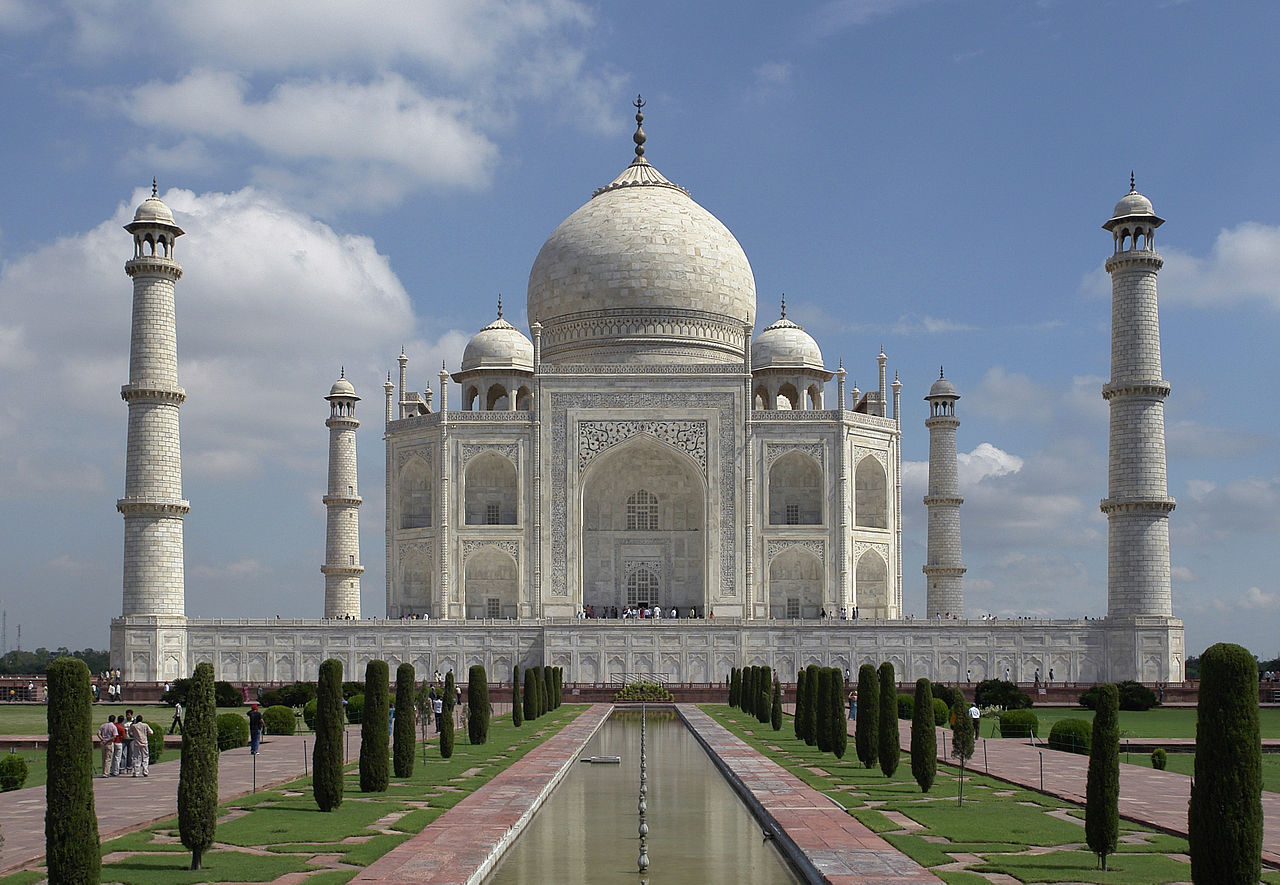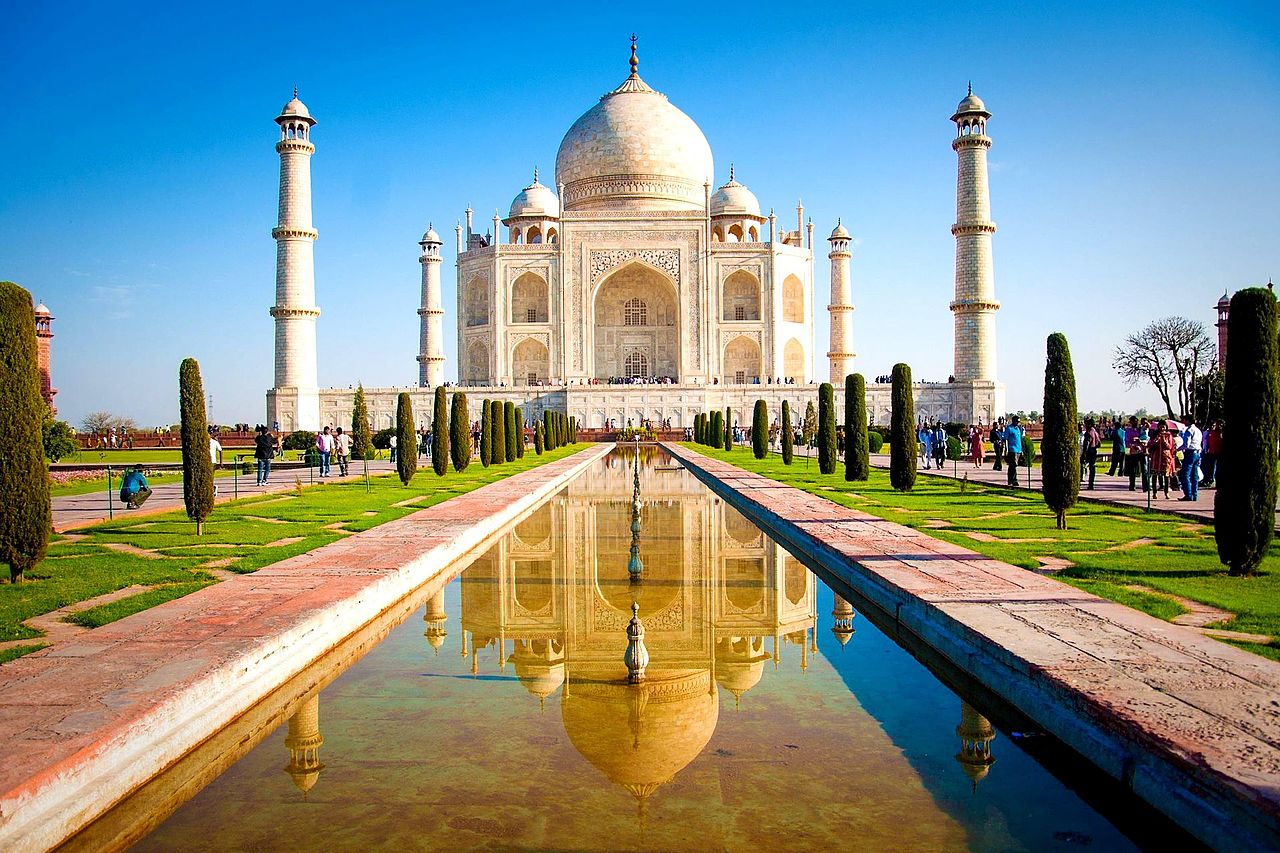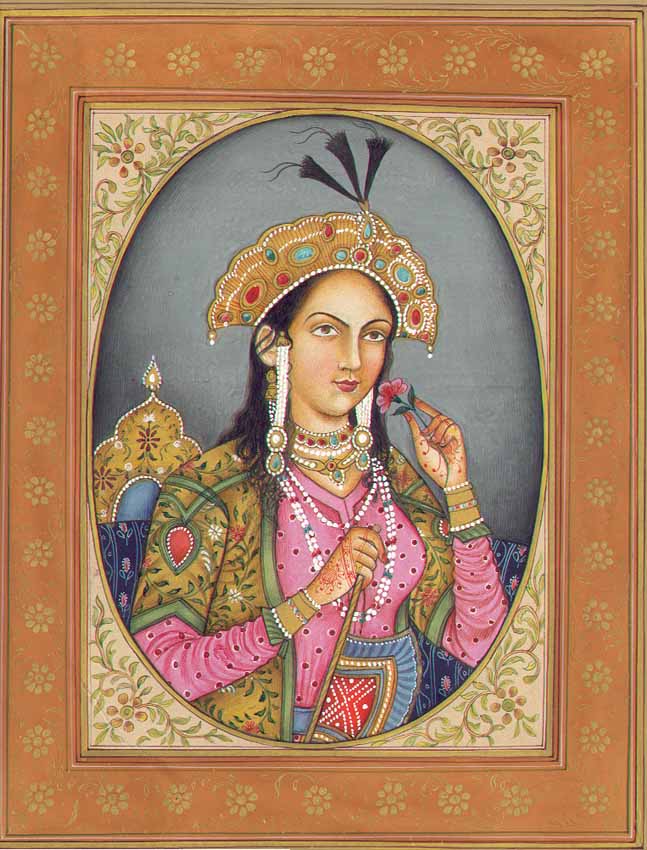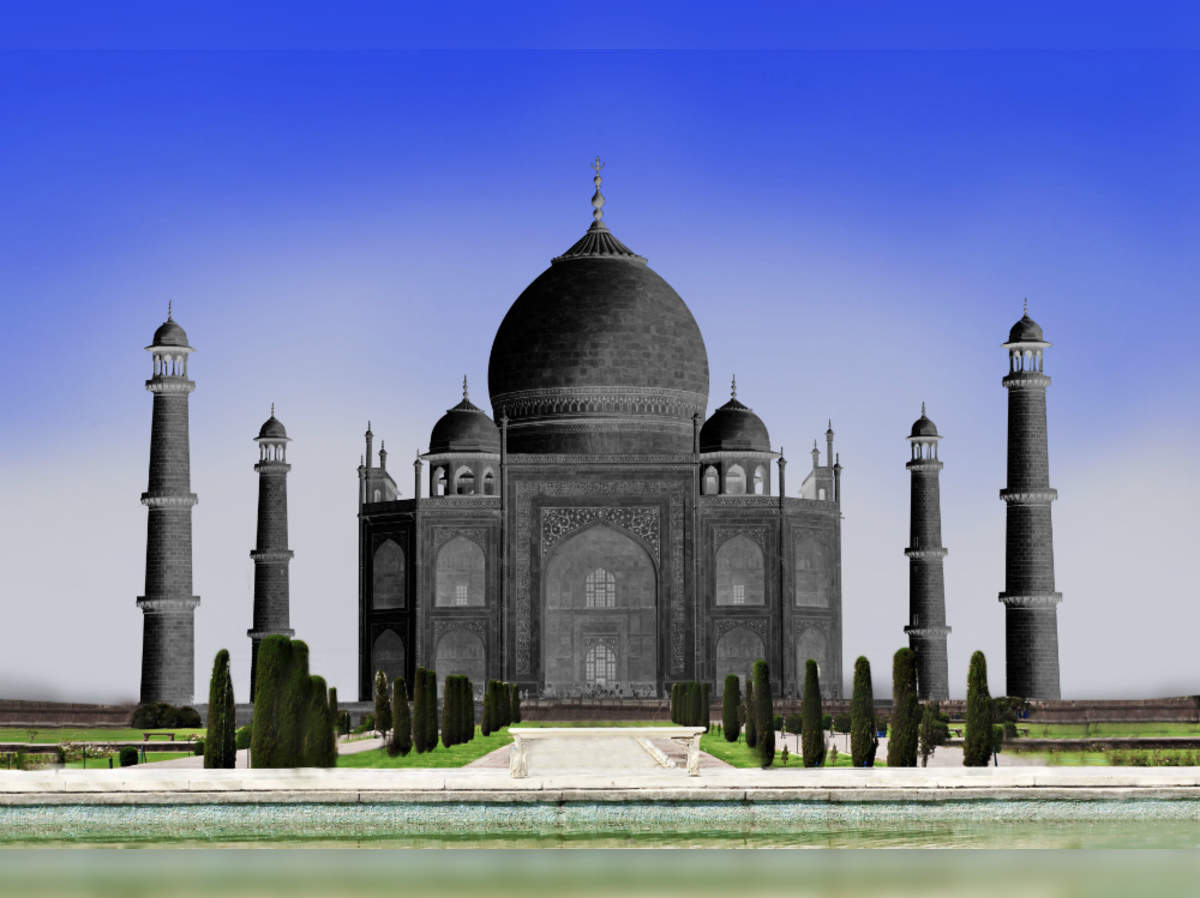Interesting Facts about Taj Mahal: The Taj Mahal is an ivory-white marble mausoleum on the right bank of the river Yamuna in the Indian city of Agra. It was commissioned in 1632 by the Mughal emperor Shah Jahan to house the tomb of his favourite wife, Mumtaz Mahal. It also houses the tomb of Shah Jahan himself.
The Taj Mahal was designated as a UNESCO World Heritage Site in 1983 for being “the jewel of Muslim art in India and one of the universally admired masterpieces of the world’s heritage”.
Interesting Facts about Taj Mahal
- There are various replicas of the Taj Mahal in the world. For example – Bibi Ka Maqbara in Aurangabad and Taj Mahal Bangladesh.

2. The Taj Mahal complex is believed to have been completed in its entirety in 1653 at a cost estimated at the time to be around ₹32 million, which in 2022 would be approximately ₹75 billion.

3. Mumtaz Mahal was Shah Jahan’s third wife, and was earlier known by the name Arjumand Bano Begum.

4. Mumtaz Mahal lost her life giving birth to Shah Jahan’s 14th child – Gauhara Begum.
5. Around 1000 elephants were used to transfer the construction material from one place to another. The construction project employed around 20,000 artisans.

6. Taj Mahal is adorned with an assortment of 28 types of precious and semi-precious stones. Many of the precious stones on the mausoleum were ripped off from the walls of the mausoleum by the British army during the Indian rebellion of 1857.
7. Depending upon what time of the day it is and whether or not it is a moonlit night, Taj Mahal appears to be of different colours.

8. While roaming in Taj Mahal complex, you can see different verses of Quran written everywhere.
9. Mumtaz Mahal’s actual tomb contains about 99 different names of Allah featured as calligraphic inscriptions.
10. The materials for the construction of Taj Mahal were brought from different regions and countries, namely Punjab, Rajasthan, Afghanistan, Sri Lanka, China, Tibet and Arabia.
11. As per the sources, Shah Jahan wanted to construct another Taj Mahal using black marble but he could not do so due to increasing wars with his sons.
12. The height of Taj Mahal is 73 m (240 ft) and architect was Ustad Ahmad Lahauri.
13. The Taj Mahal attracts from 7 to 8 million visitors annually, with more than 0.8 million from overseas.

14. The current name for the Taj Mahal is believed to be derived from the Persian تاج محل tāj mahall, meaning “crown” (tāj) “palace” (mahall). The name “Taj” came from the corruption of the second syllabus of “Mumtaz”.
15. Abdul Hamid Lahauri, in his book from 1636 Padshahnama, refers to the Taj Mahal as rauza-i munawwara (Perso-Arabic: روضه منواره, rawdah-i munawwarah), meaning the illumined or illustrious tomb.
16. The construction work started in 1632, and the mausoleum was completed in 1648, while the surrounding buildings and garden were finished five years later.
